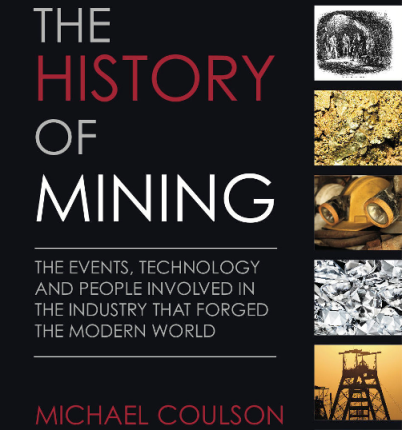http://www.miningweekly.com/page/americas-home
TORONTO (miningweekly.com) – The Mining Association of Canada (MAC) said it supported the Canadian Nuclear Safety Commission and India’s Department of Atomic Energy finalising and signing the Appropriate Arrangement for Nuclear Cooperation agreement on Monday, which placed the Canadian uranium industry one step closer to trading with India.
“This is tremendous news for Canada’s uranium mining industry, which is the second largest in the world. This puts Canada in position to capitalise on growing global demand for nuclear energy and opens up the uranium sector to India, which is a large and strategic emerging market for the commodity as a key source of power,” MAC president and CEO Pierre Gratton said.
Finalising the arrangement followed on the heels of the Agreement between the Government of Canada and the Government of India for Cooperation in the Peaceful Uses of Nuclear Energy.
The arrangement outlined the tracking, monitoring and reporting requirements that would ensure the material is used for peaceful civilian purposes only. It was the next step towards full implementation of the Nuclear Cooperation Agreement (NCA) between Canada and India, which was signed in 2010.























